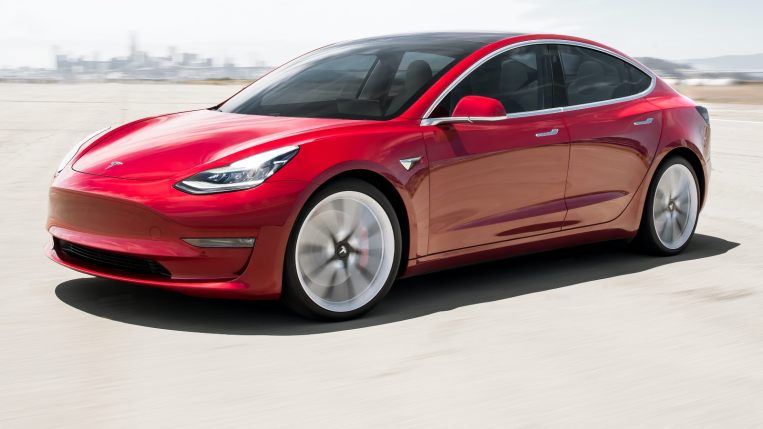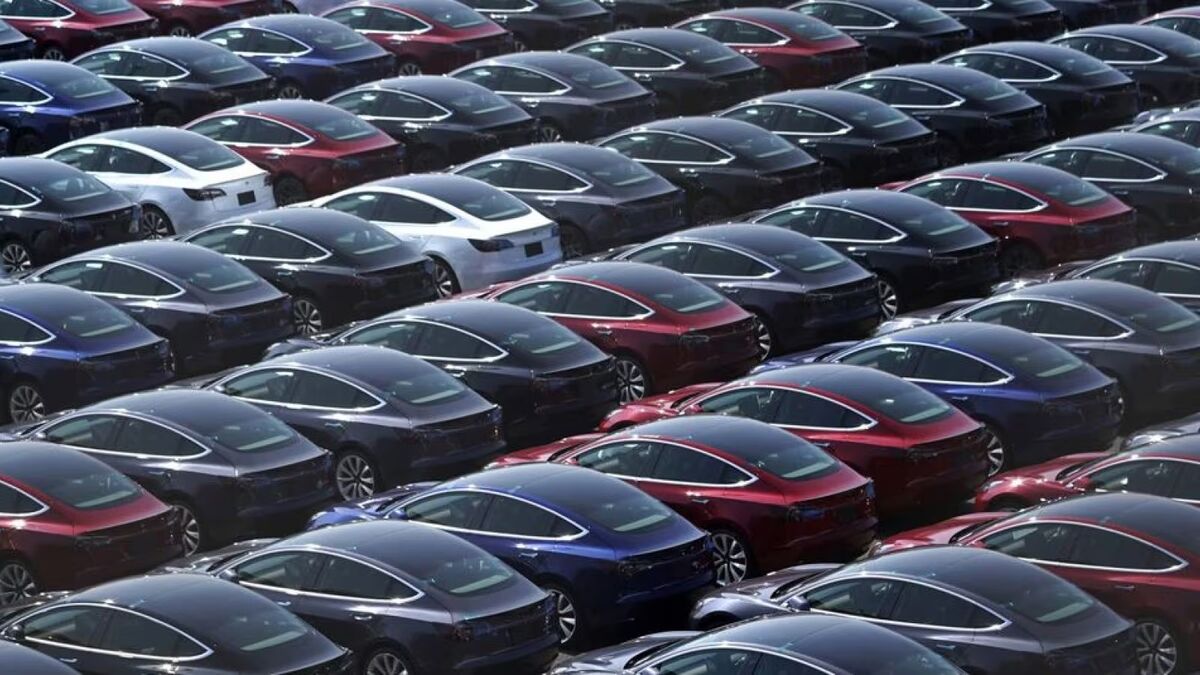Tesla Model 3 sedans and Model Y SUVs will now use in-cabin cameras to monitor whether drivers are paying attention to the road when the company’s Autopilot driver-assistance system is active. The change applies to Tesla models already purchased, and if you own one, it’s probably already active in your car.
Tesla activated the driver attention monitor as part of a software update sent over the air late last week.
New Solution Similar to Rivals
Many automakers use driver assistance monitoring systems that rely on cameras tracking the driver’s eye position. Tesla had experimented with such a system in the past. It’s built cameras into its cars to be used for that purpose. The company had chosen to monitor driver attention through sensors that detected the small torque inputs to the steering wheel instead. Those inputs naturally occur when a driver’s hands are on the wheel, even if that driver is not actively steering.
The company seems to have activated the camera system instead after media attention to a series of YouTube videos. Some Tesla drivers found ways to fool that system. Videos show them taking their hands from the wheel and their eyes from the road while the car continued to drive.
System Won’t Share Data
Tesla has no public relations department. The press is aware of the change only thanks to release notes for the software update. It read, “The camera cabin above your rearview mirror can now detect and alert driver inattentiveness while AutoPilot is engaged. Camera data does not leave the car itself, which means the system cannot save or transmit information unless data sharing is enabled.”
New Round of Safety Tests Coming
The move comes after the vehicles lost several prominent safety awards late last week when the company began producing them without radar sensors. Tesla maintains that its cars still have the associated safety systems. They will now rely on cameras instead of radar sensors.
Safety agencies will re-test the cars with the new systems and may re-instate the awards if they perform well.








